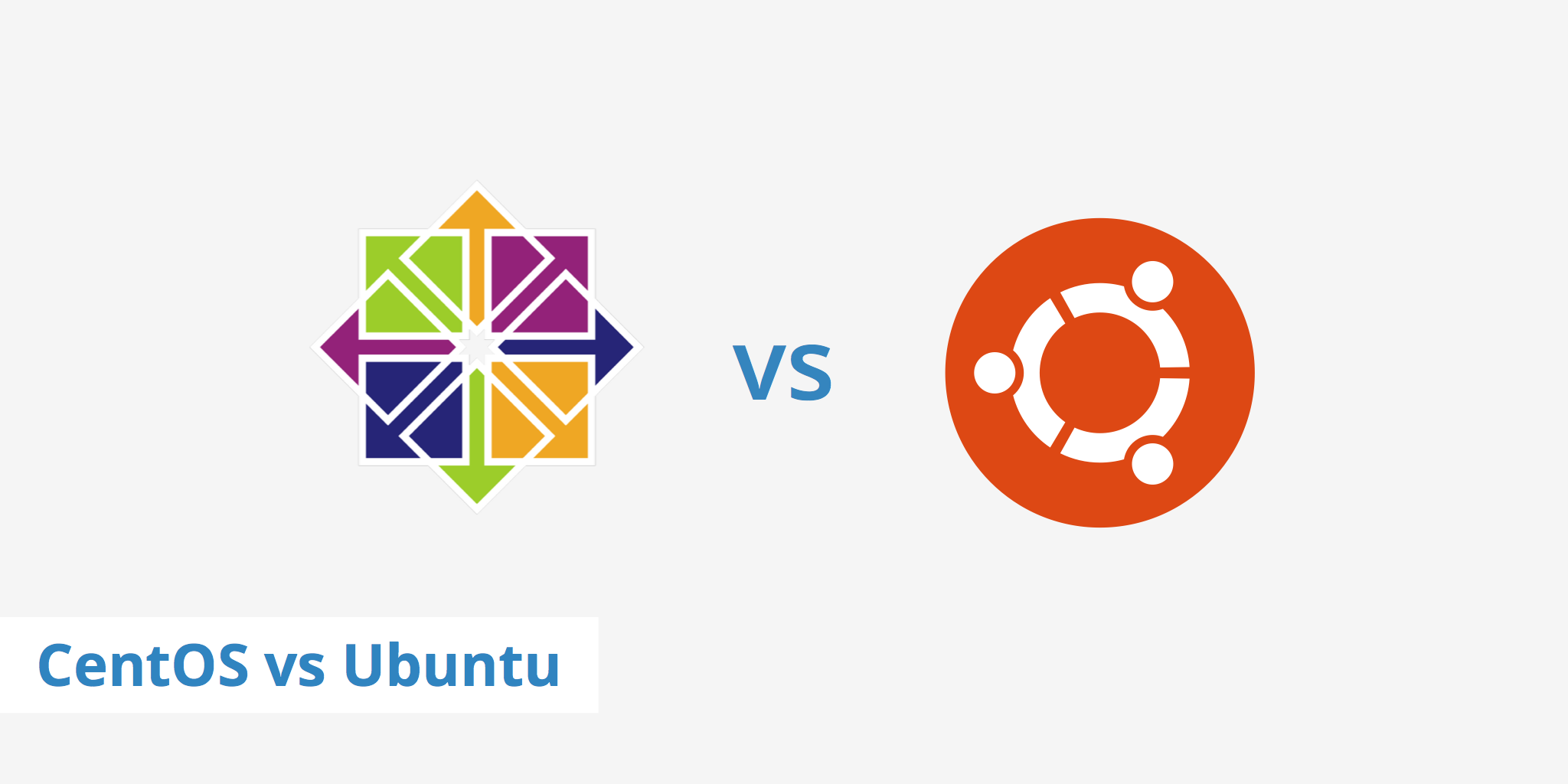Linux distributions, with their diverse features and functionalities, cater to various needs and preferences of users worldwide. Among the plethora of options available, CentOS and Ubuntu stand out as two of the most popular choices. Both are robust, reliable, and versatile, but they differ in several aspects, ranging from package management systems to support cycles. This article delves into the comparison between CentOS vs Ubuntu, aiming to help users make an informed decision based on their specific requirements.
Background:
- CentOS vs. Ubuntu: CentOS, short for Community Enterprise Operating System, is a Linux distribution derived from the sources of Red Hat Enterprise Linux (RHEL). It aims to provide a free, enterprise-class computing platform compatible with RHEL. Ubuntu, on the other hand, is a Debian-based Linux distribution developed by Canonical Ltd. It emphasizes usability, regular releases, and a strong focus on user experience.
Package Management:
- CentOS vs. Ubuntu: CentOS utilizes the YUM (Yellowdog Updater Modified) package management system, simplifying software installation, updates, and dependency resolution. Ubuntu, on the other hand, employs APT (Advanced Package Tool), offering robust dependency handling and effective management of software repositories.
Release Cycle and Stability:
- CentOS vs. Ubuntu: CentOS follows a stable release model, with major updates occurring at longer intervals, ensuring reliability and consistency for enterprise environments. Ubuntu, in contrast, adheres to a regular release cycle, with new versions released every six months. Additionally, Long Term Support (LTS) versions are published every two years, providing extended support for up to five years.
Community and Support:
- CentOS vs. Ubuntu: Both distributions boast vibrant and supportive communities, offering extensive documentation, forums, and user-contributed resources. However, Ubuntu’s community tends to be larger and more diverse, providing a broader range of support options for users. CentOS benefits from its close relationship with the broader Red Hat community, including access to Red Hat’s extensive knowledge base and resources.
Target Audience and Use Cases:
- CentOS vs. Ubuntu: CentOS is favored by enterprises seeking a stable, predictable platform for mission-critical workloads such as server hosting, virtualization, and cloud computing. Its compatibility with RHEL makes it an attractive choice for businesses looking to minimize costs without sacrificing performance or reliability. Ubuntu, on the other hand, appeals to desktop enthusiasts, developers, and small to medium-sized businesses, offering a user-friendly interface, extensive software repository, and strong community support.
Security Features:
- CentOS vs. Ubuntu: Both distributions prioritize security, offering robust features such as SELinux (Security-Enhanced Linux) and AppArmor for mandatory access control. Additionally, timely security updates are provided to address vulnerabilities and mitigate risks. Ubuntu’s emphasis on usability extends to its security features, with tools like the Uncomplicated Firewall (UFW) simplifying firewall configuration for users.
Performance and Resource Usage:
- CentOS vs. Ubuntu: Performance benchmarks between the two distributions may vary depending on hardware configurations and specific use cases. In general, both offer efficient resource utilization and high performance, suitable for a wide range of applications. Ubuntu’s lighter footprint and more frequent updates may result in slightly faster performance in some scenarios, particularly on desktop systems.
Ecosystem and Software Availability:
- CentOS vs. Ubuntu: Both distributions have extensive repositories containing a vast array of software packages. However, Ubuntu’s repository tends to be more comprehensive and up-to-date, thanks to its large and active community. This makes it easier for Ubuntu users to find and install the latest software packages, including desktop applications, development tools, and server software. Additionally, Ubuntu benefits from its compatibility with Debian packages, further expanding its software ecosystem.
- CentOS, while offering a robust selection of software, may lag slightly behind Ubuntu in terms of package availability and updates. This is partly due to CentOS’s focus on stability, which prioritizes tested and proven software over bleeding-edge releases. However, CentOS users can still access a wide range of essential software packages for common use cases, particularly in server environments.
Customization and Flexibility:
- CentOS vs. Ubuntu: Both distributions provide a high degree of customization and flexibility, allowing users to tailor their systems to suit their specific requirements. CentOS, with its roots in RHEL, offers a more conservative approach to system configuration and management, adhering closely to industry best practices and standards. This makes CentOS well-suited for environments where consistency and predictability are essential, such as enterprise data centers.
- Ubuntu, while also offering robust system customization capabilities, tends to be more flexible and user-friendly out of the box. Its focus on usability extends to tools like the GNOME desktop environment and the Ubuntu Software Center, which simplify system configuration and application management for novice users. Additionally, Ubuntu’s active community contributes to a wealth of customization resources, including themes, extensions, and tutorials.
Long-Term Support and End-of-Life Policies:
- CentOS vs. Ubuntu: CentOS provides long-term support for each major release, typically spanning several years. This ensures that users can rely on security updates and bug fixes for an extended period, even after the initial release. However, CentOS has faced challenges in the past, particularly with the transition from CentOS Linux to CentOS Stream, which prompted concerns about its long-term stability and support model.
- Ubuntu’s LTS releases, on the other hand, are explicitly designed to offer long-term stability and support, with updates provided for up to five years. This makes Ubuntu LTS an attractive choice for users seeking a predictable and well-supported platform for mission-critical workloads. Ubuntu’s regular release cycle ensures that users have access to the latest features and improvements, while LTS versions provide a stable foundation for long-term deployments.





